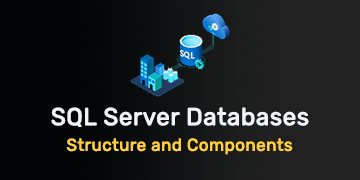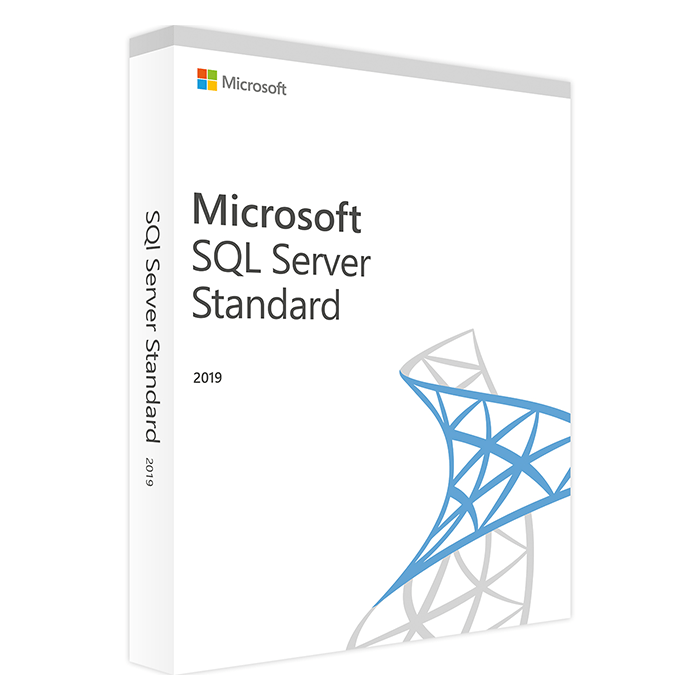Home » SQL Server Tables: Creating, Modifying, and Deleting
SQL Server Tables: Creating, Modifying, and Deleting
Tables form the core structure for organizing and storing data in SQL Server databases. Understanding how to create, modify, and delete tables is fundamental to effective database management. Let’s explore these operations in SQL Server.
Creating Tables
CREATE TABLE Statement
Use the ‘CREATE TABLE' statement to define a new table, specifying column names, data types, constraints, and defaults.
Column Definitions
Define columns with appropriate data types (integers, strings, dates, etc.) and constraints (primary keys, foreign keys, nullability).
Altering Tables
ALTER TABLE Statement
Modify existing tables using the ‘ALTER TABLE' statement, allowing changes such as adding, modifying, or dropping columns.
Adding Columns
Add new columns to an existing table using the ‘ALTER TABLE ADD COLUMN' command, specifying the column name and data type.
Modifying Columns
Alter column properties, such as changing data types or constraints, using the ‘ALTER TABLE ALTER COLUMN' command.
Deleting Tables
DROP TABLE Statement
Remove a table and its data entirely from the database using the ‘DROP TABLE' statement, ensuring data deletion.
Caution in Deletion
Exercise caution while deleting tables, as this operation permanently removes all associated data.
Constraints and Indexes
Primary Key Constraint
Define a primary key to uniquely identify each row in the table, ensuring data integrity.
Foreign Key Constraint
Establish relationships between tables by using foreign keys, maintaining referential integrity.
Indexes
Create indexes on columns to enhance query performance by speeding up data retrieval.
Backup and Recovery Considerations
Data Backup
Regularly back up databases to prevent data loss in case of accidental table deletions.
Transaction Logs
Maintain transaction logs for recovery purposes, allowing rollback in case of unintended changes.
Mastering table operations in SQL Server is crucial for effective database management. Creating, modifying, and deleting tables require precision and understanding to maintain data integrity and optimize database performance.
Recent posts

SQL Server Views: Simplifying Complex Queries
Explore SQL Server views to streamline complex queries, enhance data accessibility, and improve database management.

Introduction to SQL Server Triggers: Creating Automated Responses
Explore SQL Server triggers and learn how to create automated responses to database events for enhanced functionality.

Understanding SQL Server Databases: Structure and Components
Explore the architecture and components of SQL Server databases for efficient data organization and management.





